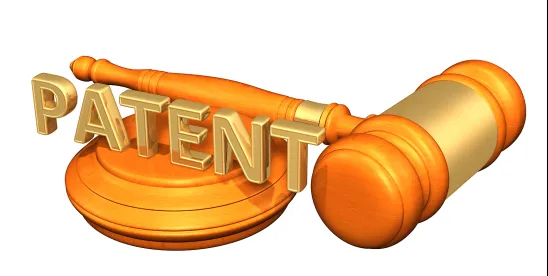The US Court of Appeals for the Federal Circuit overturned a district court grant of summary judgment of patent eligibility under 35 U.S.C. § 101 in connection with a patent directed to remote check deposit technology, explaining that details in the specification but not recited in the claims could not be relied on to meet the test for abstraction. United Services Automobile Association v. PNC Bank N.A., Case No. 23-1639 (Fed. Cir. May 6, 2025) (Dyk, Clevenger, Hughes, JJ.)
The patent in issue was directed to a system for allowing a customer to deposit a check using the customer’s handheld mobile device and claimed a “system configured to authenticate the customer using data representing a customer fingerprint.”
After the United Services Automobile Association (USAA) sued PNC for infringement of the patent, both parties filed motions for summary judgment seeking an adjudication as to whether the claims were patent eligible under § 101. The district court granted USAA’s motion, finding that the claims were not directed to an abstract idea and therefore were patent eligible. After a five-day trial, the jury found no invalidity of the asserted claims and found that PNC had infringed. PNC appealed.
The Federal Circuit found that the asserted claim was directed to the abstract idea of depositing a check using a handheld mobile device. At Alice step one, the Court found that the invention claimed steps for carrying out the process of a mobile check deposit by “instructing the customer to take a photo of [a] check,” “using [a] wireless network” to transmit a copy of the photo, and having the configured system “check for errors.” The Court determined that this amounted to a routine process implemented by a general-purpose device. The Court further found that the claim recited routine data collection and analysis steps that have been traditionally performed by banks and people depositing checks – namely reviewing checks, recognizing relevant data, checking for errors, and storing the resultant data.
USAA argued that “accomplishing check deposit on a consumer device required the development of extremely non-obvious algorithms.” The Federal Circuit rejected this argument, noting that the Court focuses on the claims, not the specification, to determine eligibility, because “the level of detail in the specification does not transform a claim reciting only an abstract concept into a patent-eligible system or method.” Since the claims did not recite the algorithms and neither the specification nor the claims contained a “clear description of how the claimed system is configured,” but only “a concept of improving the check deposit process,” the Court found that the claimed subject matter was directed only to an abstract idea.
At Alice step two (not addressed by the district court, which concluded that the claims passed muster at Alice step one), the Federal Circuit considered whether the claim elements contained an inventive concept sufficient to transform the abstract idea into a patent-eligible application. The Court found no inventive concept present, as computer-mediated implementation of routine or conventional activity is not enough to provide an inventive concept.
USAA, citing the 2014 Federal Circuit case of DDR Holdings, LLC v. Hotels.com, L.P., argued that the claim read as a whole, considering the ordered combination of elements, contained an inventive concept because it solved the technological problem of accurate detection and extraction of information from digital images of checks using general purpose mobile devices. The Court disagreed, concluding that the claim recited nothing more than routine image capture, optical character recognition, and data processing steps, which were all well known and routine: “here, there is no technological improvement – though the claim recites a system that makes the remote check deposit process easier and more convenient for bank customers, there is no fundamental change to how any of the technology functions, because it is all operating in a conventional way.”
Finding that there were no genuine disputes of material fact preventing resolution of the § 101 analysis on summary judgment, the Federal Circuit reversed.




 />i
/>i

